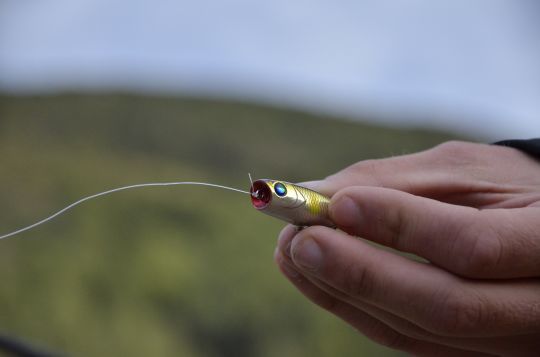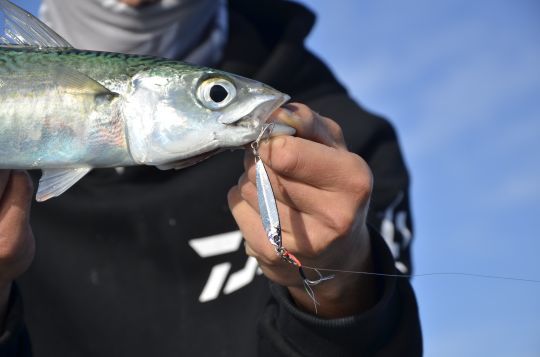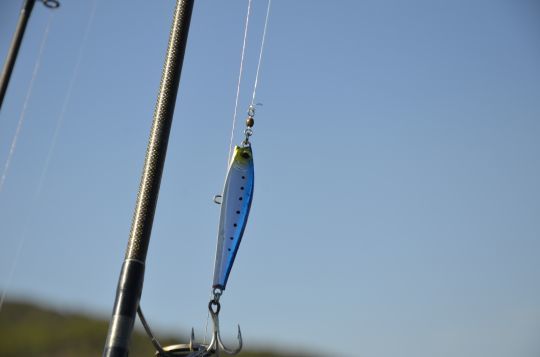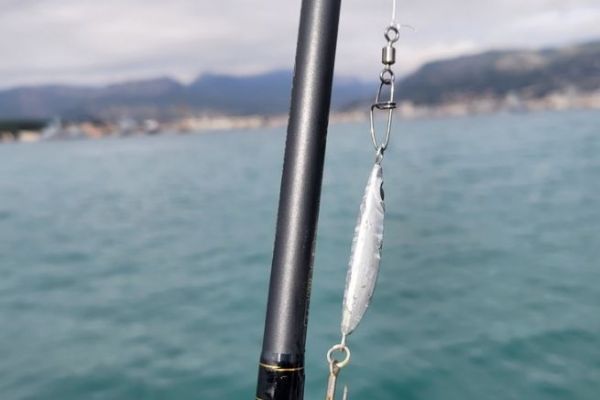The direct node
Undoubtedly the most discreet way of attaching a lure or hook, the direct knot can be used in all conditions. Its main disadvantage is the time required to cut and retie it when you want to quickly change lure or technique.
Tying a new knot on a regular basis is a good way to keep your leader in good condition, although it will have to be changed more frequently, as each knot consumes a few centimetres. In a hurry or in unfavourable conditions (darkness, wind, swell), we may miss our knot, which inevitably costs us a break at the first touch. As a general rule, the direct knot is most effective for very fine lure fishing, bait fishing and vertical bait fishing.

The clip
Staples are often criticized by anglers as they increase the amount of metal already present on a lure, making it less natural. A clip can also fail if it's not of good quality, causing you to lose a fish. On the other hand, the time it saves the angler with each lure change is non-negligible. When fishing with hard lures, the clip is sometimes mandatory to give maximum freedom of movement to a stickbait, jerkbait or jig.
Different models of staple exist and are adapted to different fishing techniques. It's important to choose a staple wisely, respecting the resistances given on the packaging, to avoid the disappointment of an open staple in combat. Ideally, you can use staples for all lure fishing techniques up to a maximum of 30 lb, beyond which it's better to use a rolling and broken ring.

The rolling swivel and broken ring
The rolling-ring combo is the best way to connect a lure or hook when fishing for big fish. In terms of strength, you can fish from the smallest fish to the largest predator of the seas without worry, as long as you adapt the size of the combo to the target fish. The rolling swivel is also indispensable for long, intense fights, as its ability to turn on itself prevents the fish from twisting the line and thus making it more fragile.
Of course, you'll still need to be equipped with broken ring pliers to change lures, but you'll quickly get the hang of it and the time lost will be negligible in return for the benefits. Note also that the rolling swivel is compulsory for all live-fishing to limit line twisting caused by a live fish turning on itself under the effect of trolling speed.


 /
/ 








